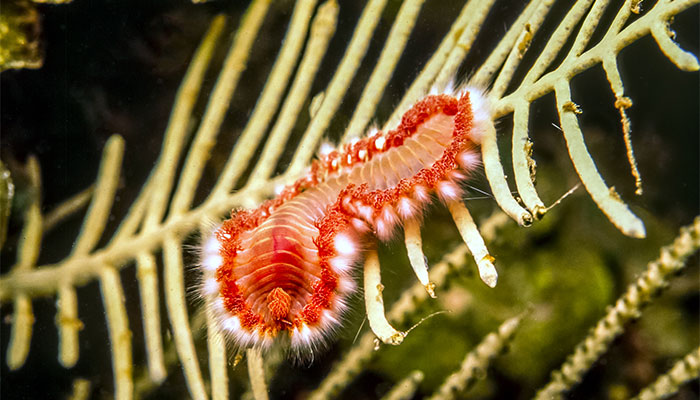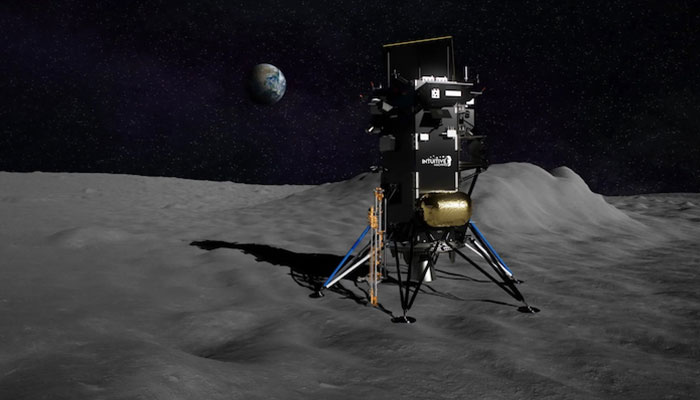Despite positive news for whaling futures from the recent International Court of Justice decision, new research shows the real impact of whaling is most likely to be seen in the toothed whales – such as sperm whales - which are not recovering despite protection.
“In recent years we’ve seen some really encouraging news for humpback and southern right whales in Australian waters - almost to the extent where you could say they're no longer endangered,” says lead researcher Robert Harcourt.
“But we can’t let these good news stories blind us to the fact that the other great whales are in real trouble – including the largest predator to have ever existed, Moby Dick himself,”
Published in Endangered Species Research this week, Harcourt and team’s research investigated the status of mature sperm bulls off Albany, Western Australia in 2009.
The sperm whale has quite a reputation as a predator: although Moby Dick was a fictional creature, the classic novel was based on real life reports of an albino sperm whale known as Mocha Dick, whose flukes and breaches caused havoc to ships and sailors.
This predator species suffered major losses however during Australia’s peak whaling periods, seeing a population reduction of 74% between 1955 and 1978.
“To measure the contemporary status of sperm whales off the Western Australia coast we conducted an aerial survey comparable to those done by whaling companies historically. To our great surprise, despite complete protection since 1978, there is no evidence that sperm whales are recovering.”
The team then looked overseas and sperm whales are not recovering anywhere they were heavily exploited, even though it was previously thought during whaling days that there were plenty, so they were not in trouble like the other great whales.
No evidence for recovery in the population of sperm whale bulls off Western Australia, 30 years post-whaling, Endangered Species Research, Gemma Carroll, Sharon Hedley, John Bannister, Paul Ensor, Rob Harcourt,, Vol. 24: 33–43, 2014, doi: 10.3354/esr00584
“In recent years we’ve seen some really encouraging news for humpback and southern right whales in Australian waters - almost to the extent where you could say they're no longer endangered,” says lead researcher Robert Harcourt.
“But we can’t let these good news stories blind us to the fact that the other great whales are in real trouble – including the largest predator to have ever existed, Moby Dick himself,”
Published in Endangered Species Research this week, Harcourt and team’s research investigated the status of mature sperm bulls off Albany, Western Australia in 2009.
The sperm whale has quite a reputation as a predator: although Moby Dick was a fictional creature, the classic novel was based on real life reports of an albino sperm whale known as Mocha Dick, whose flukes and breaches caused havoc to ships and sailors.
This predator species suffered major losses however during Australia’s peak whaling periods, seeing a population reduction of 74% between 1955 and 1978.
“To measure the contemporary status of sperm whales off the Western Australia coast we conducted an aerial survey comparable to those done by whaling companies historically. To our great surprise, despite complete protection since 1978, there is no evidence that sperm whales are recovering.”
The team then looked overseas and sperm whales are not recovering anywhere they were heavily exploited, even though it was previously thought during whaling days that there were plenty, so they were not in trouble like the other great whales.
No evidence for recovery in the population of sperm whale bulls off Western Australia, 30 years post-whaling, Endangered Species Research, Gemma Carroll, Sharon Hedley, John Bannister, Paul Ensor, Rob Harcourt,, Vol. 24: 33–43, 2014, doi: 10.3354/esr00584



